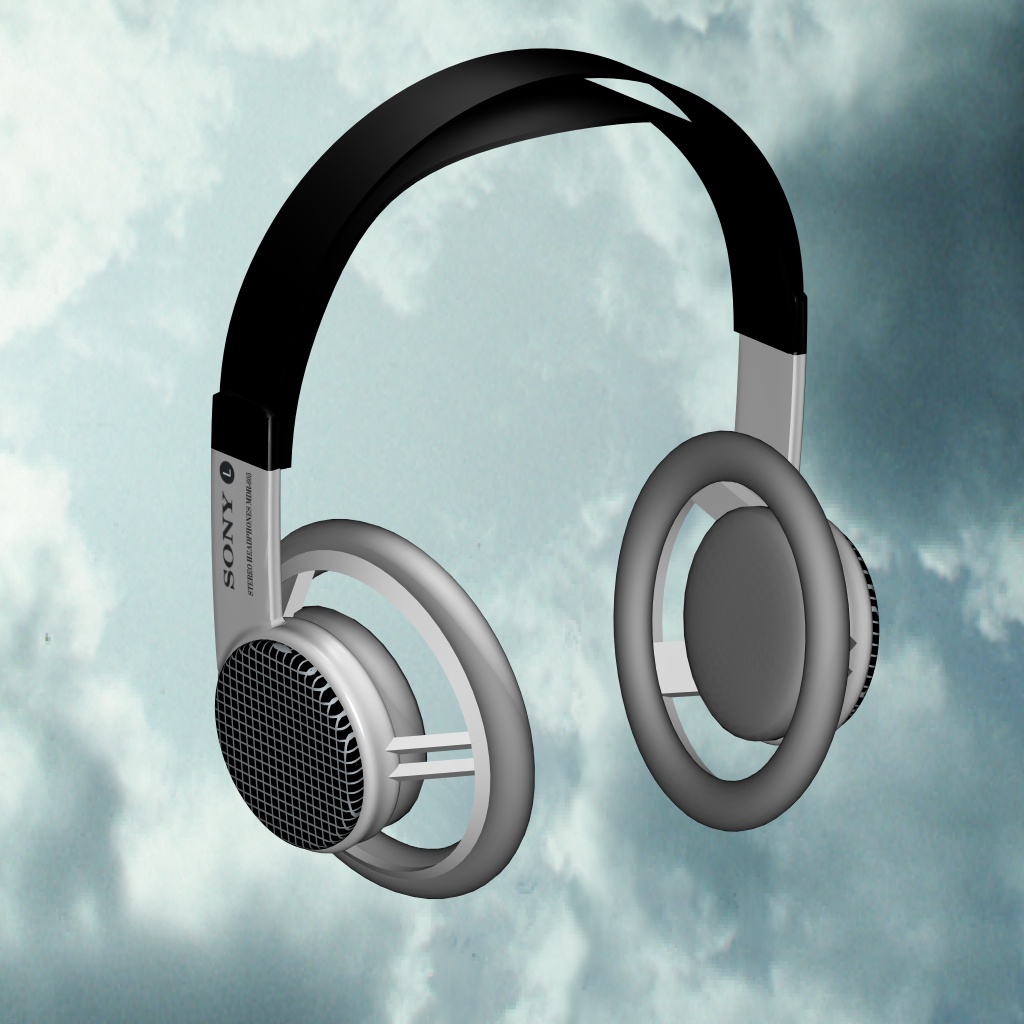What is the literary equivalent of the narrated audio that accompanies so many “major” museum shows these days? Is it footnotes? A foreword? Is it Robert Bly, reading his poem, then telling you what it means in the most reductive possible terms before reading it again, strumming now on a dulcimer? Whatever, lets hope that it never catches on the way that these ubiquitous headsets have in the visual arts.
I try to visualize what Blake or Picasso or Titian or Pollock would have made of these dedicated playback machines – they started out as tape players but the newer ones are more like clumsy Ipods – & I’m stopped in my tracks. No wonder a Dadaist like Duchamp, whose stance toward art was also a critique of its institutionalization, took to inscrutable projects like the large glass or ready-mades, then fled to the intellectual integrity of chess.
At least the museums used to charge for these little dumb-down machines, a self-selection process that had a tendency to separate out one set of viewers, invariably clustered around the canvases with large numbers, silent but for the murmur of exposition that leaked from their headphones, while the rest of us could actually do what painters & others had always wanted us to do – look at the damn art.
Increasingly, however, museums have begun to just hand these devil machines out, usually while increasing the price of entrance overall. It’s a symptom of course of our current state of affairs that so many people don’t want to look at a painting without a narrative close at hand. And one of the great dividers in the world of the visual arts is the distinction between people who go to museums & those who go to galleries. An afternoon traipsing through
It’s only a matter of time, of course, before marketing savvy artists start to build in their own audiotexts for their exhibitions. Imagine 400 years hence, seeing the paintings of some future Artemesia Gentileschi, listening as the painter herself, already centuries in the past, explains why so many of her works depict Judith beheading Holofernes. That at least would be more interesting than hearing the curator (or, worse, an actor) misdescribing history, as happens in the Dalí exhibit in
Artists taking over their audiotexts would have other salutary effects as well. First they would preclude bad texts from curators aiming to describe works to an audience whose knowledge & background is suspect at best. Second, some artists would turn out to be good with their audiotexts as art. Imagine now that you’re watching a Franz Kline retrospective & listening to an audiotext something along the likes of soundtexts by Robert Ashley. Now that would be something worth listening to.






